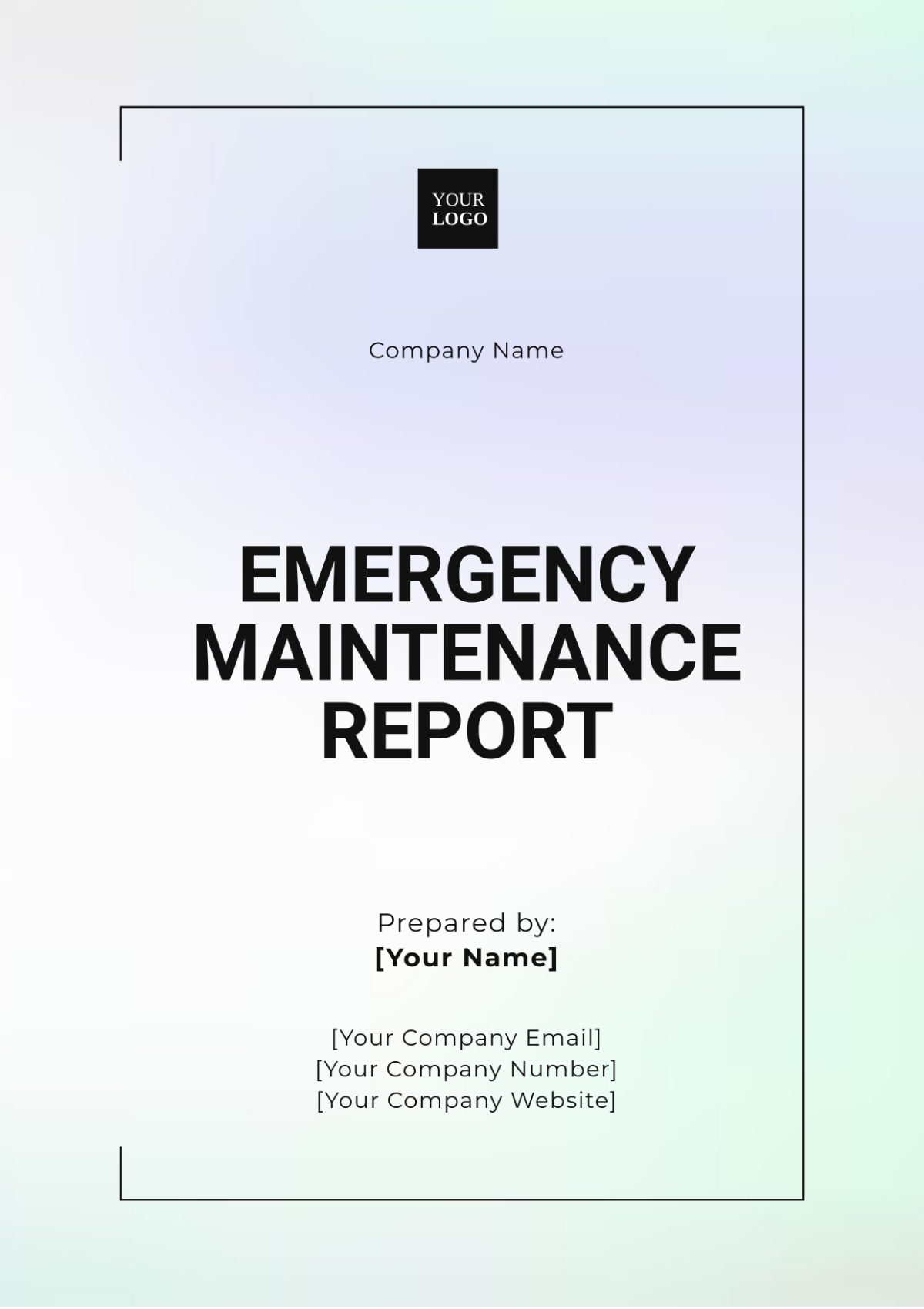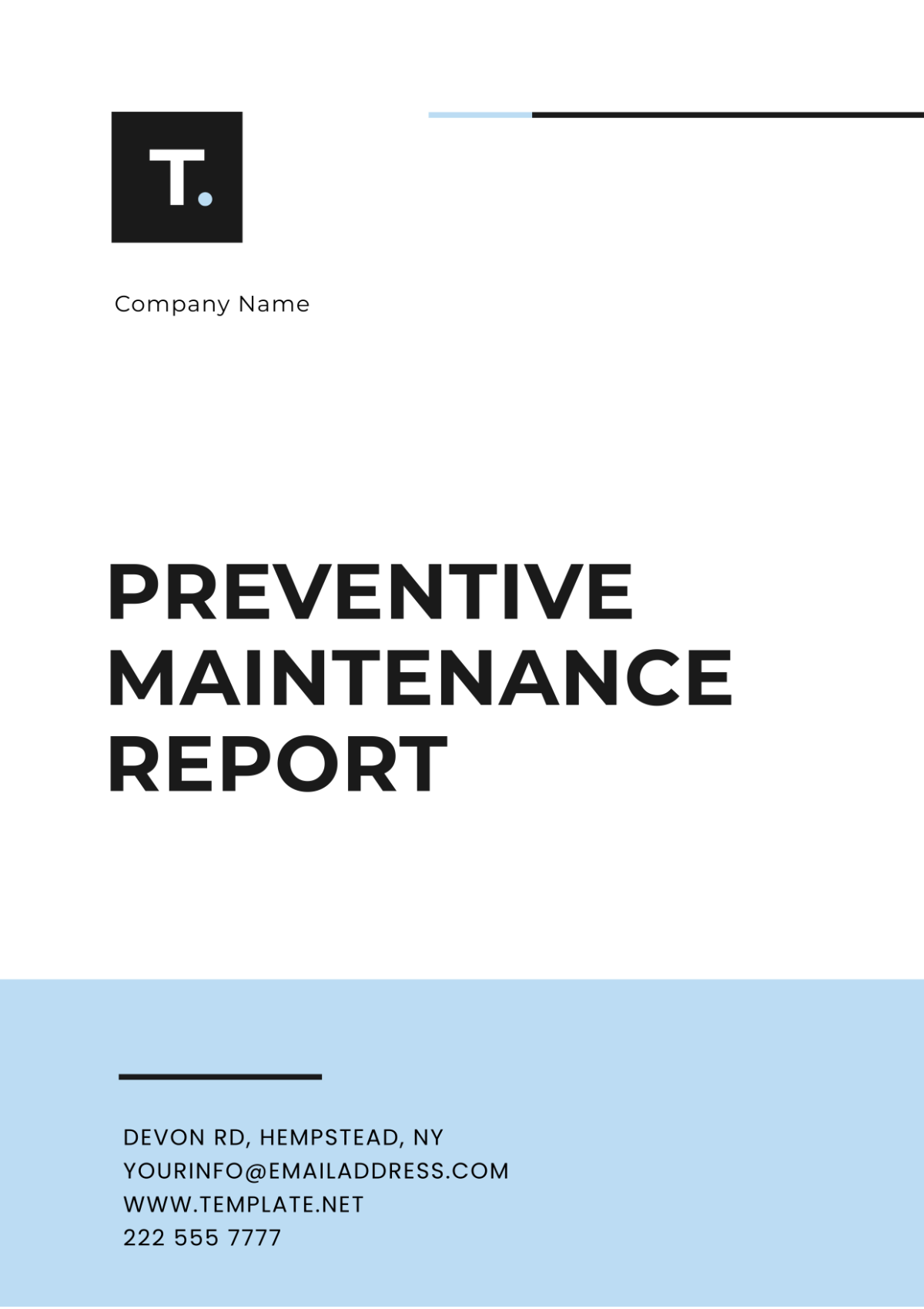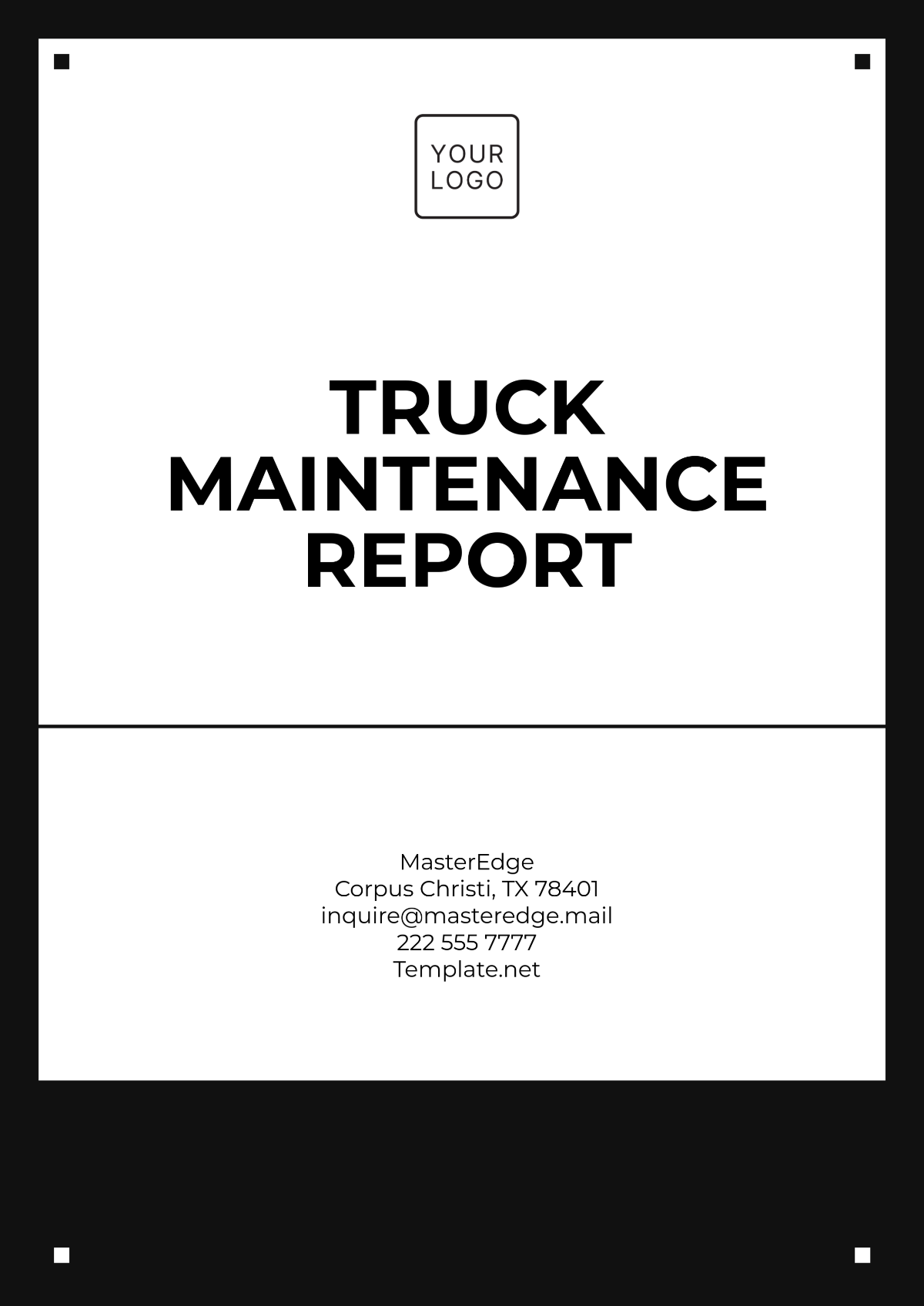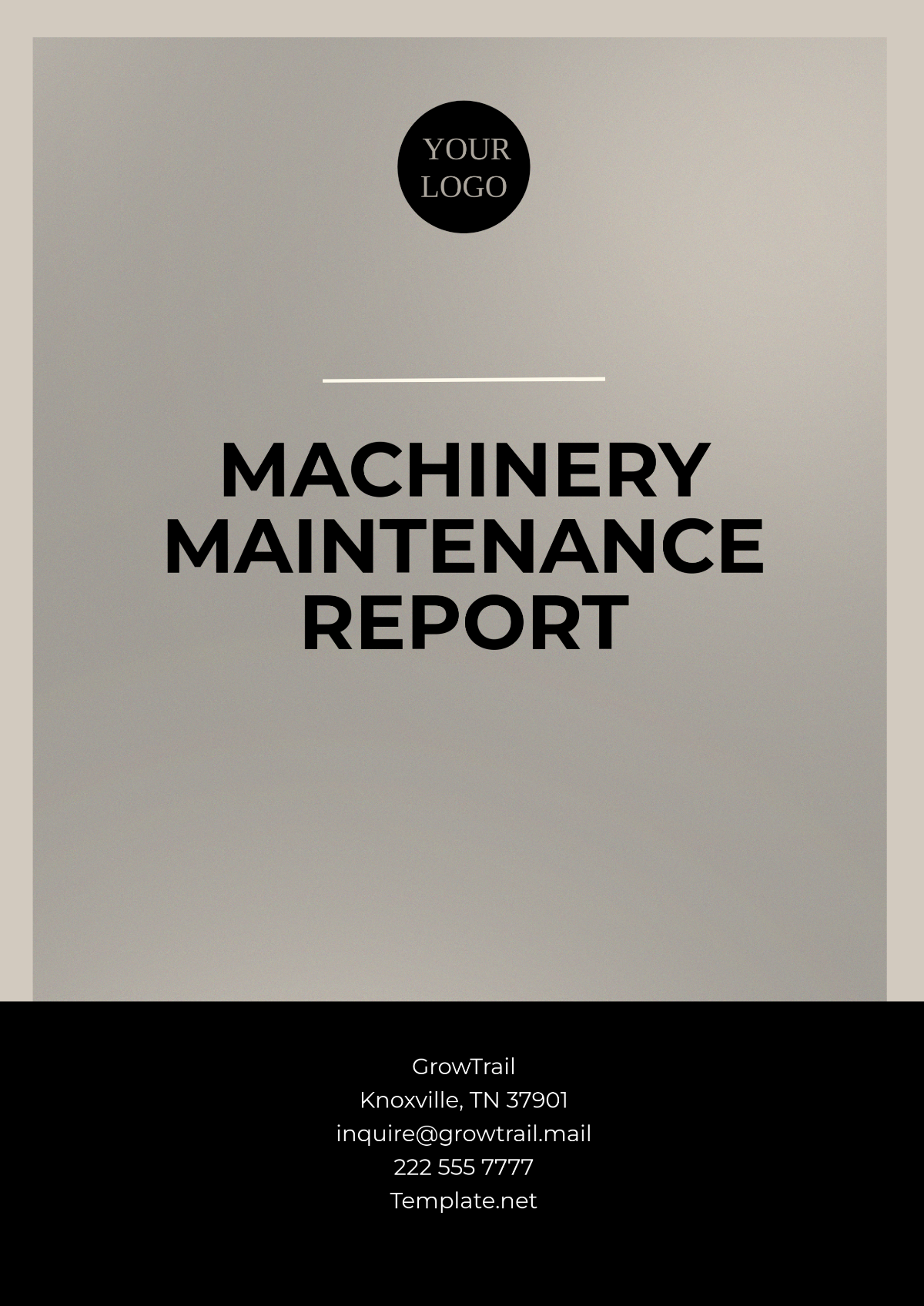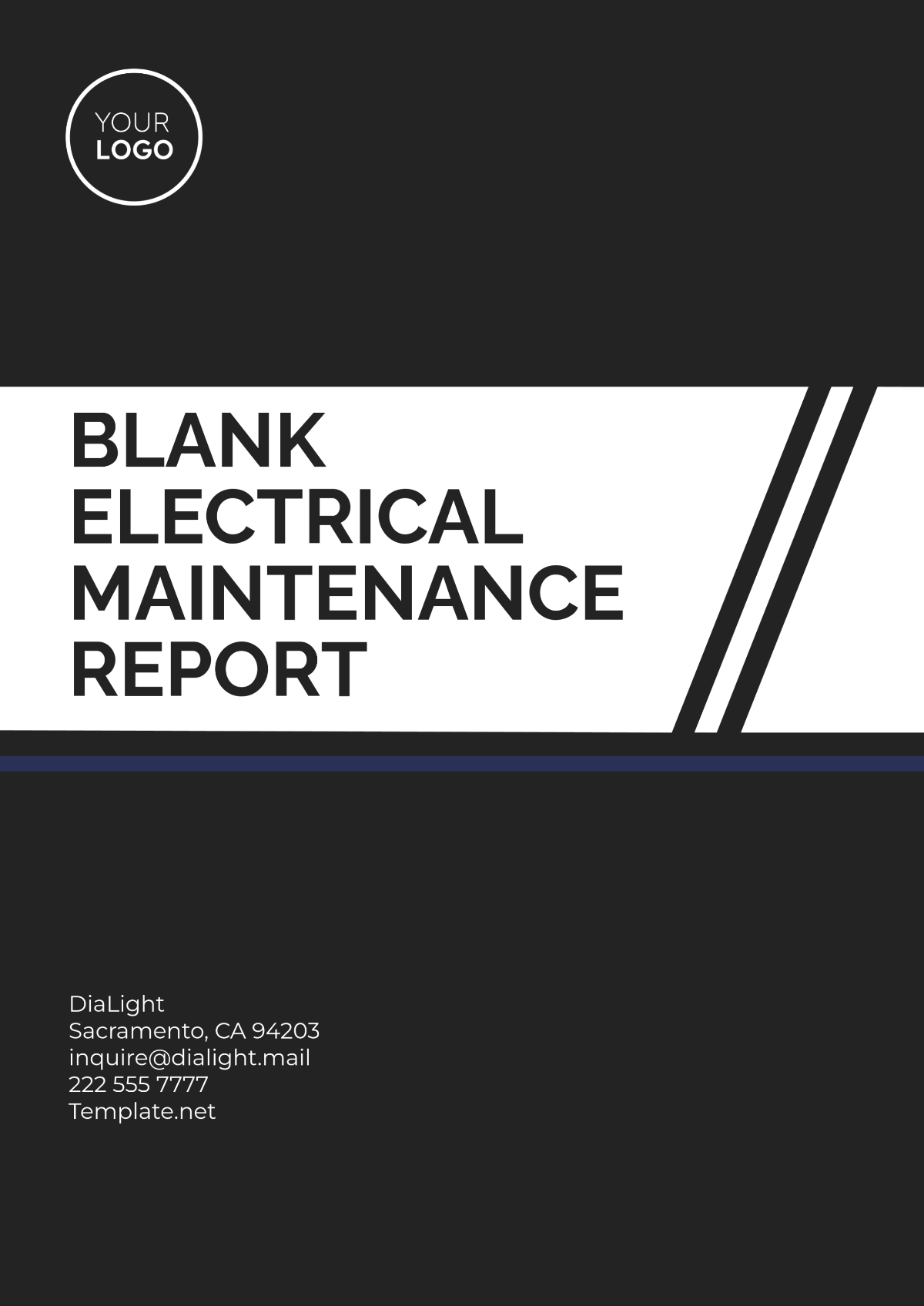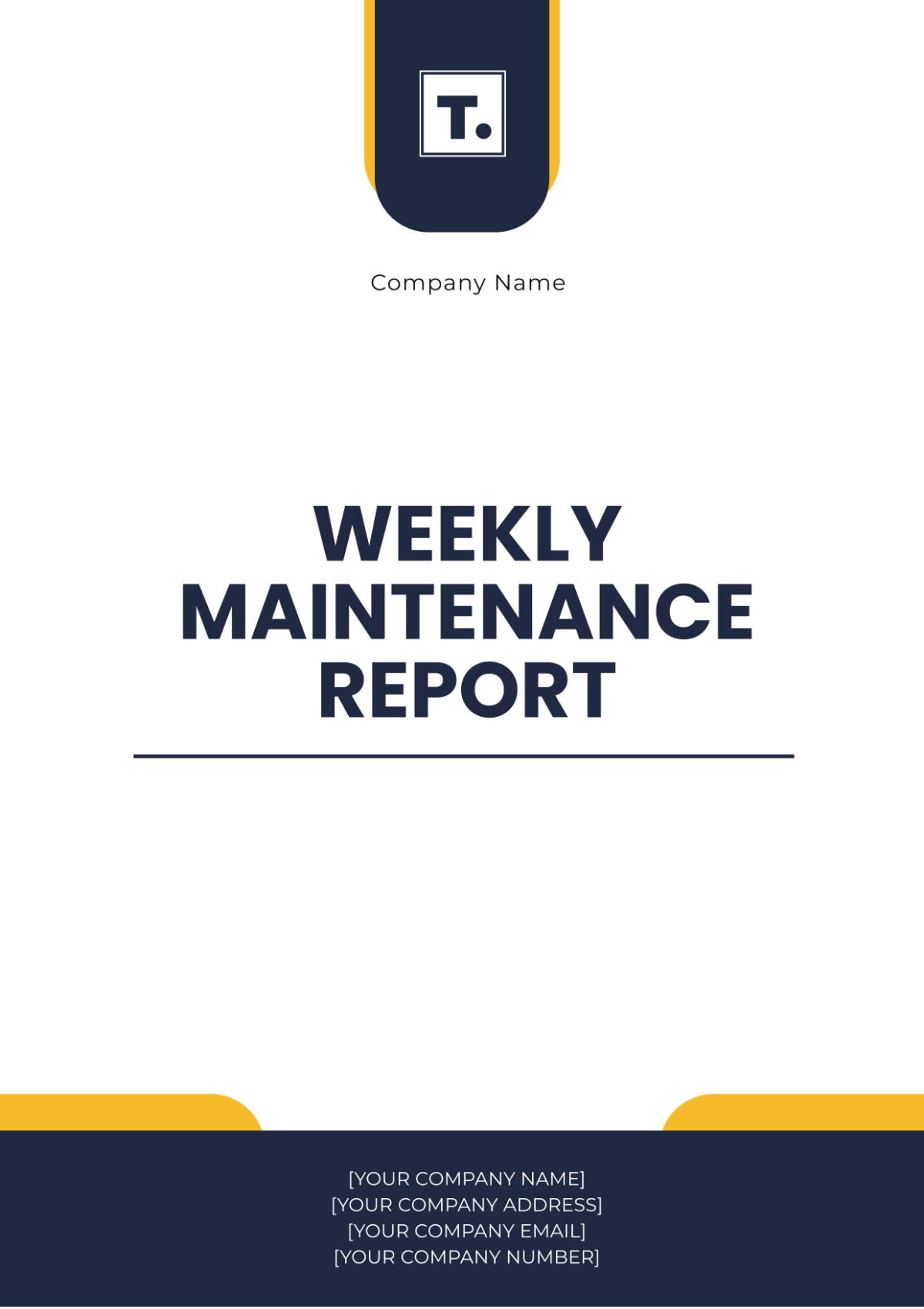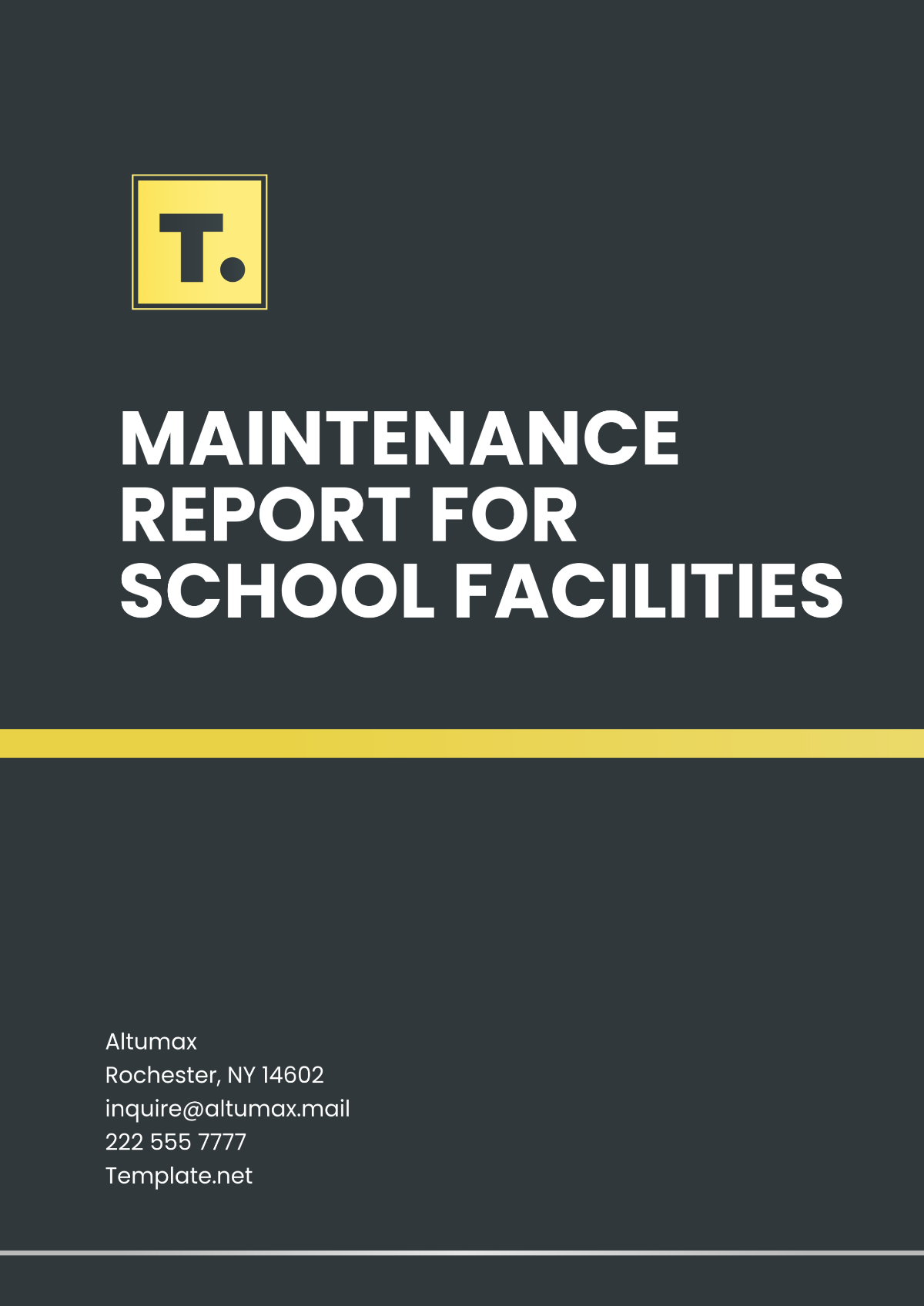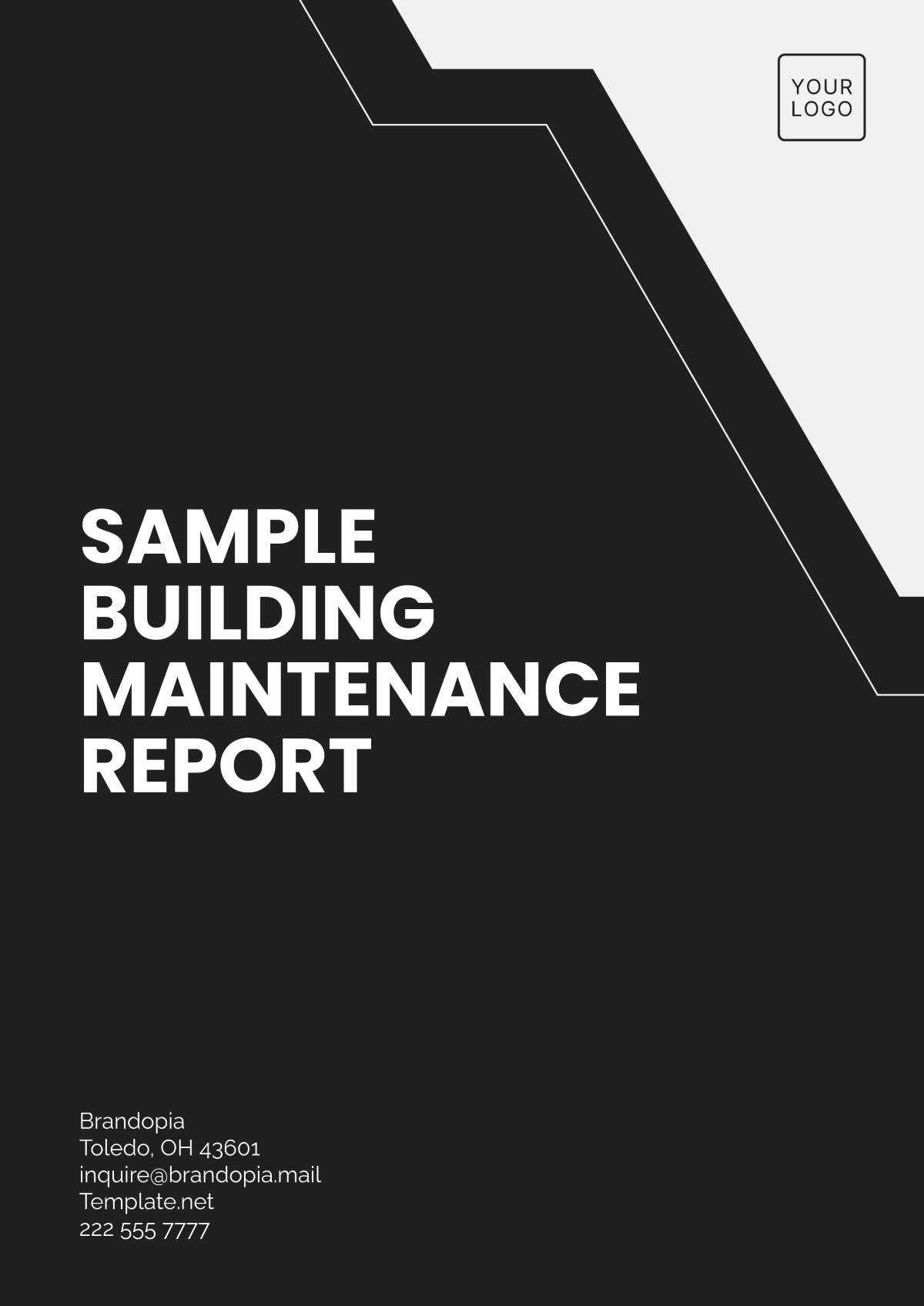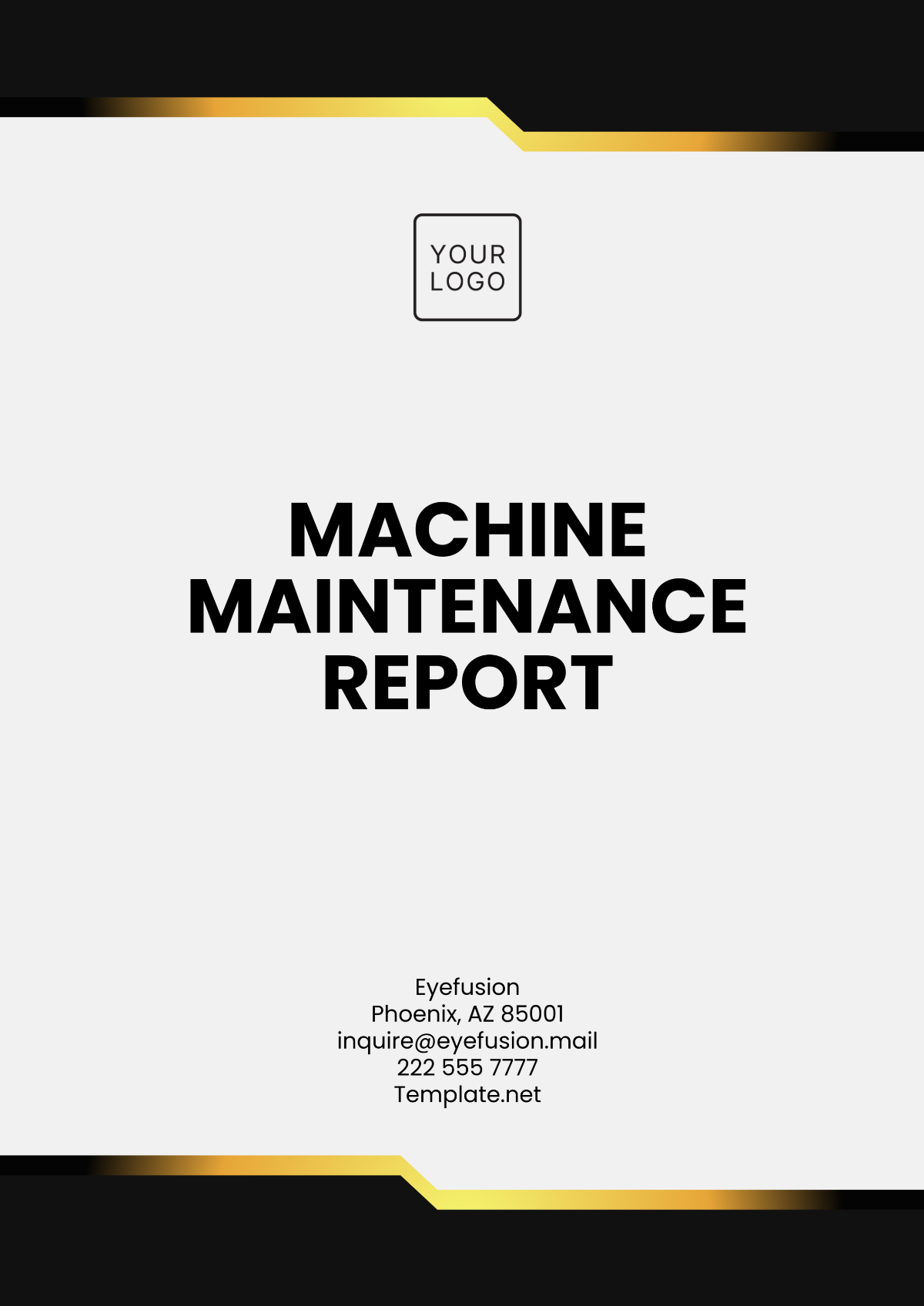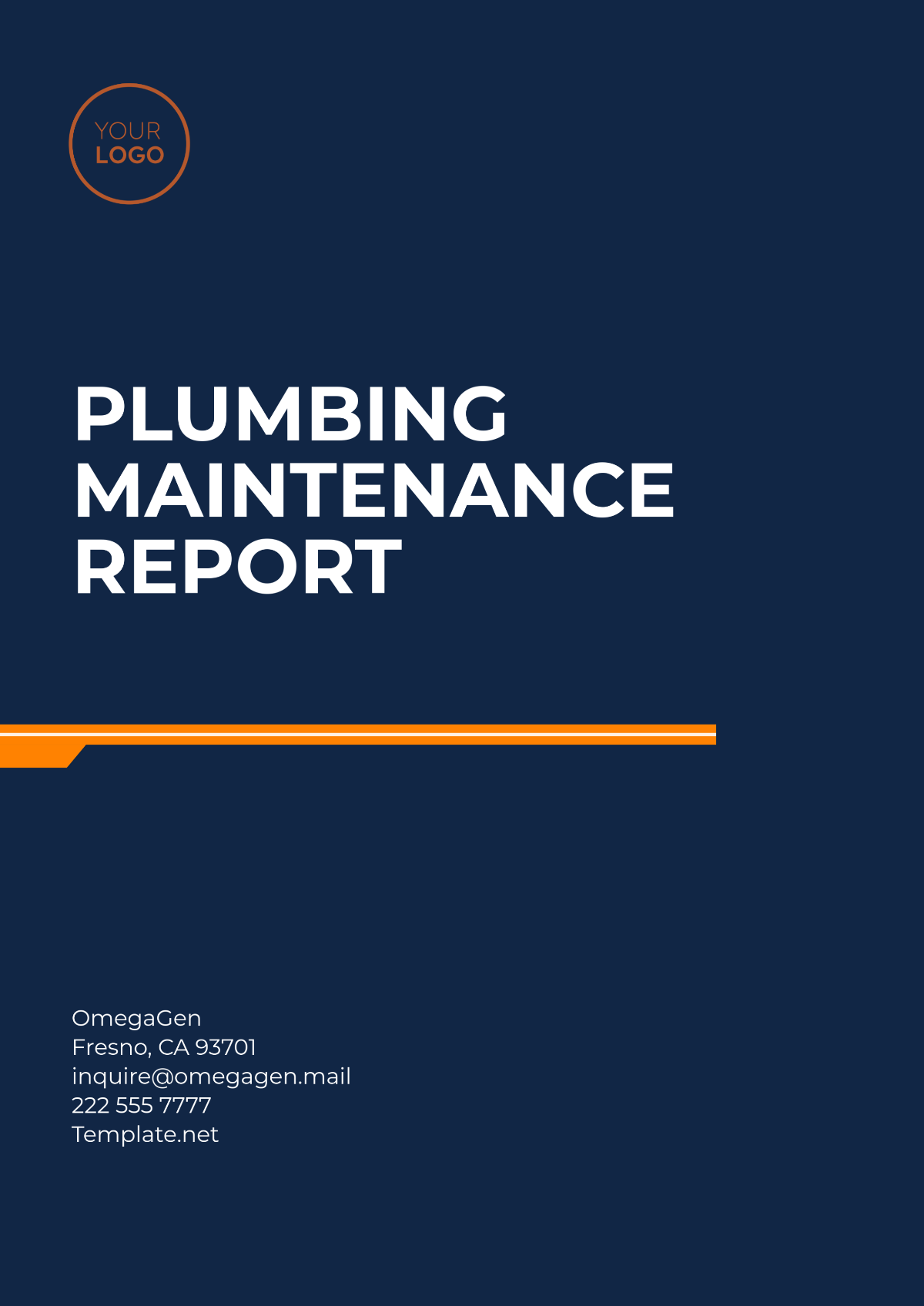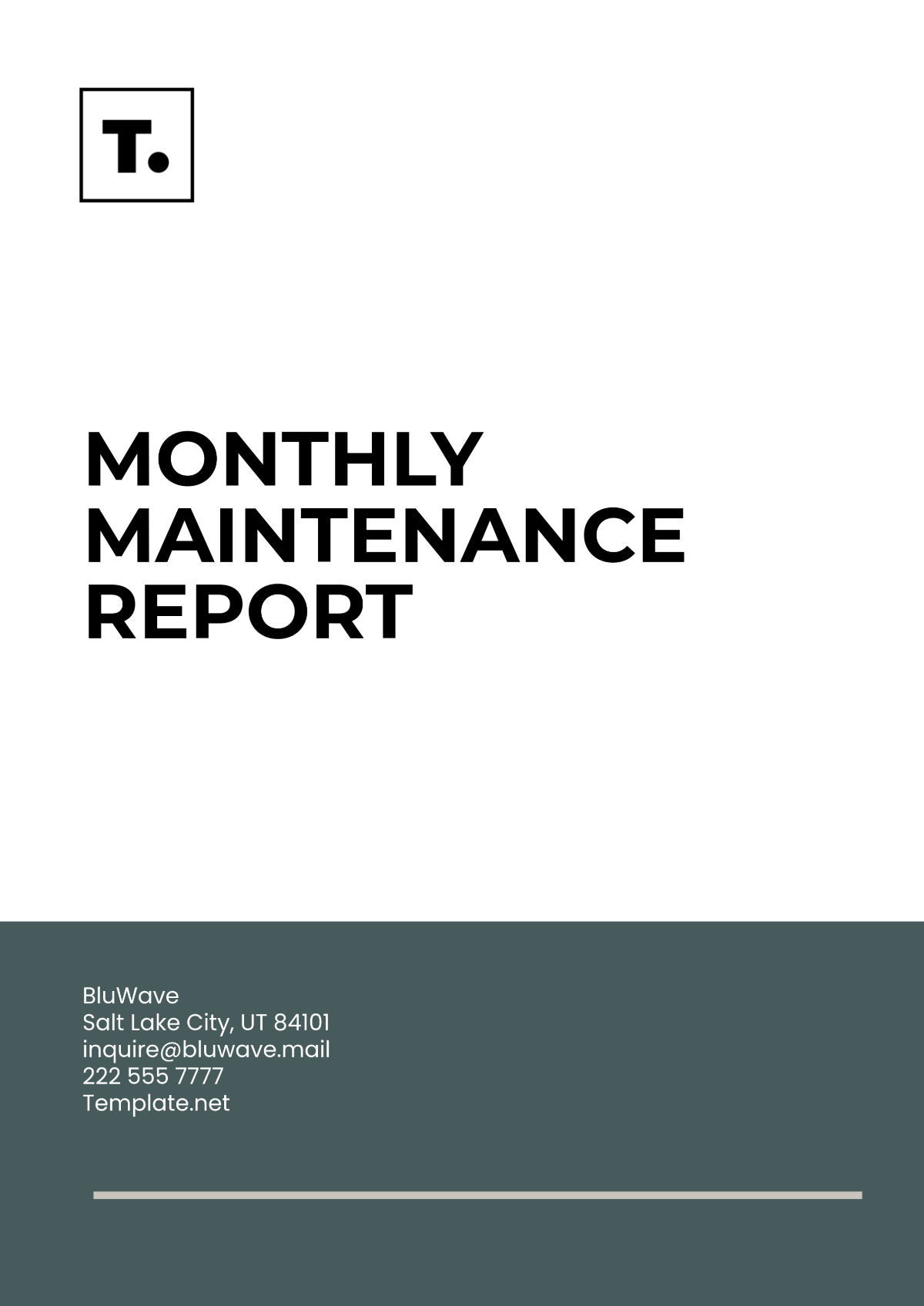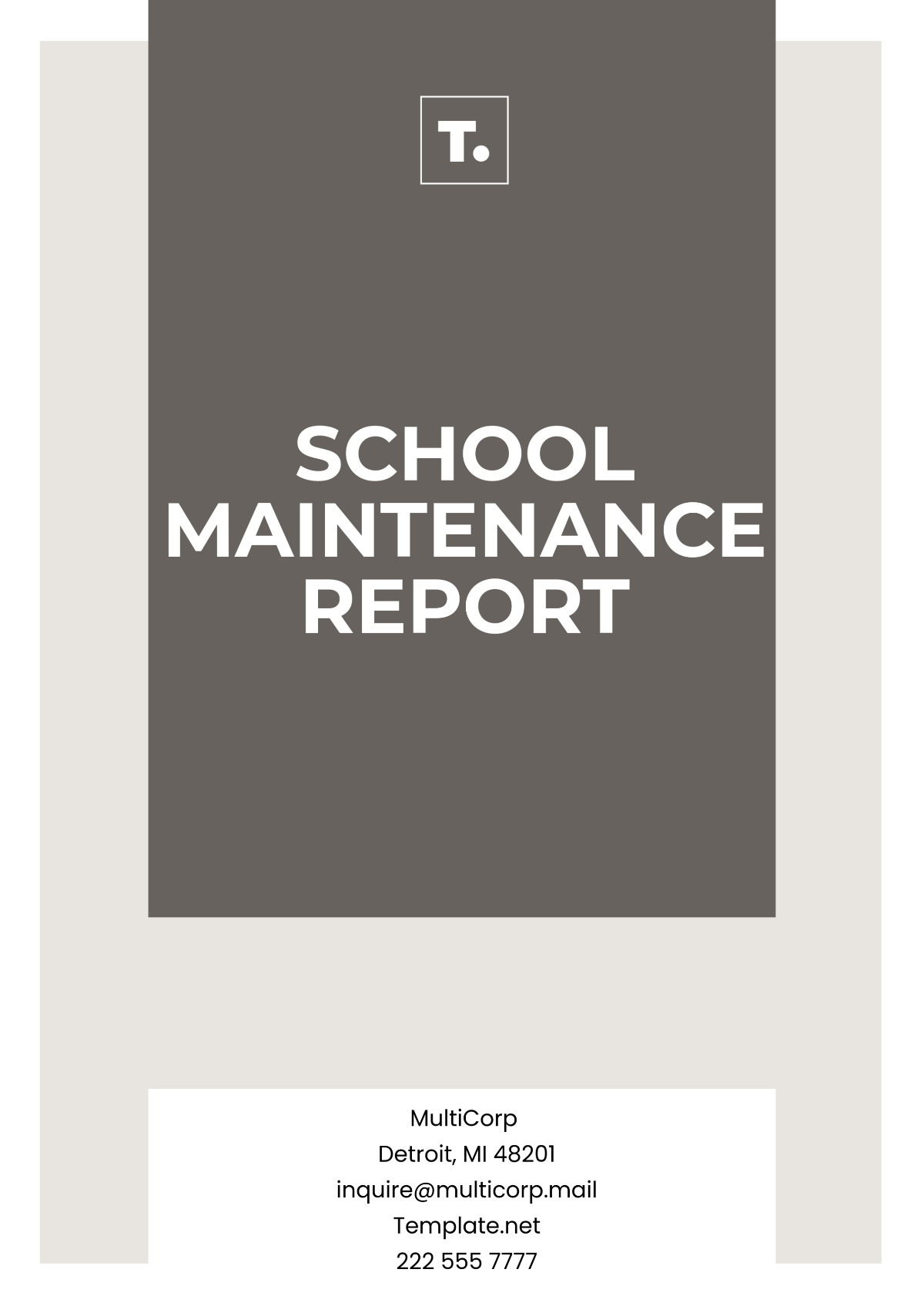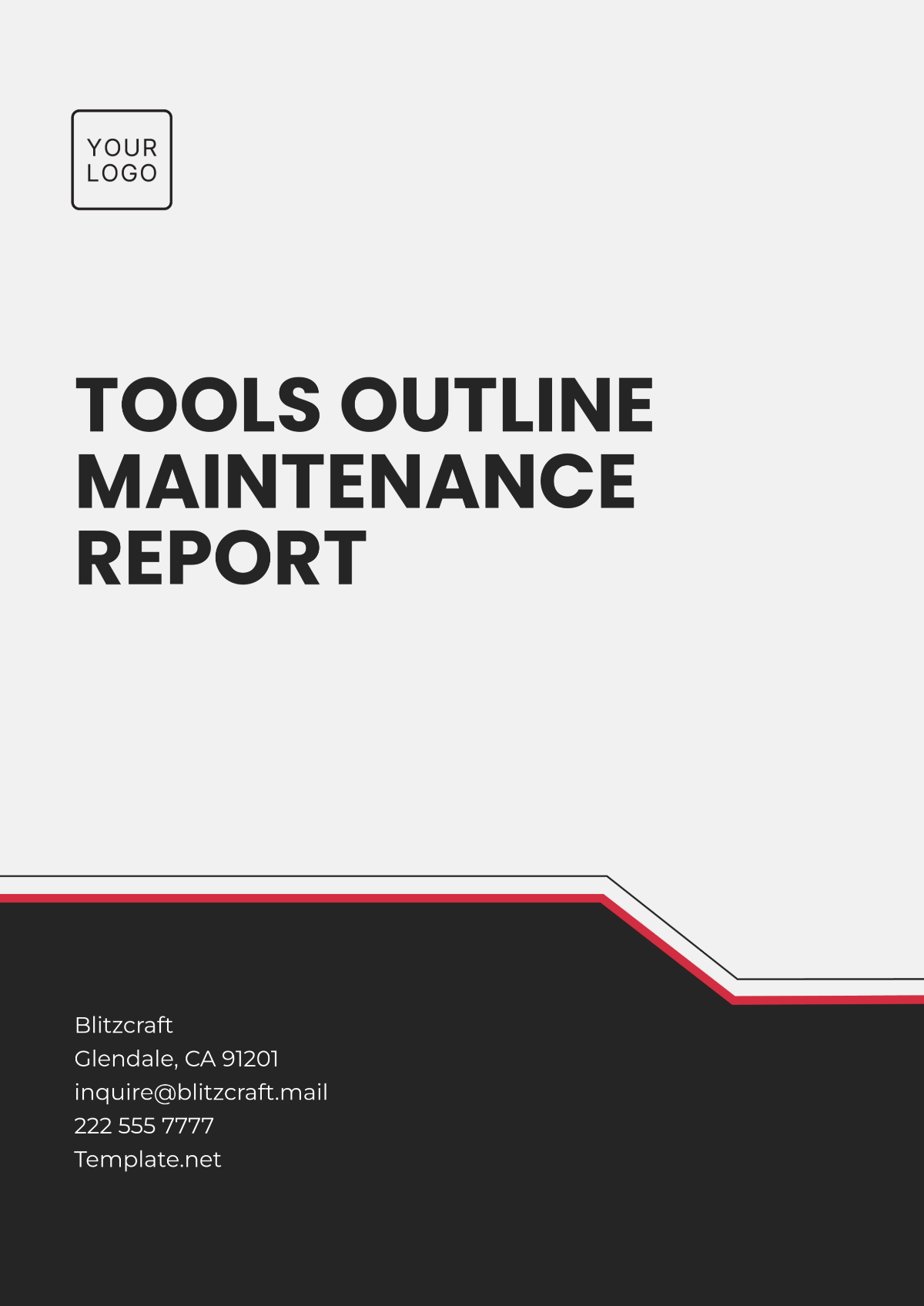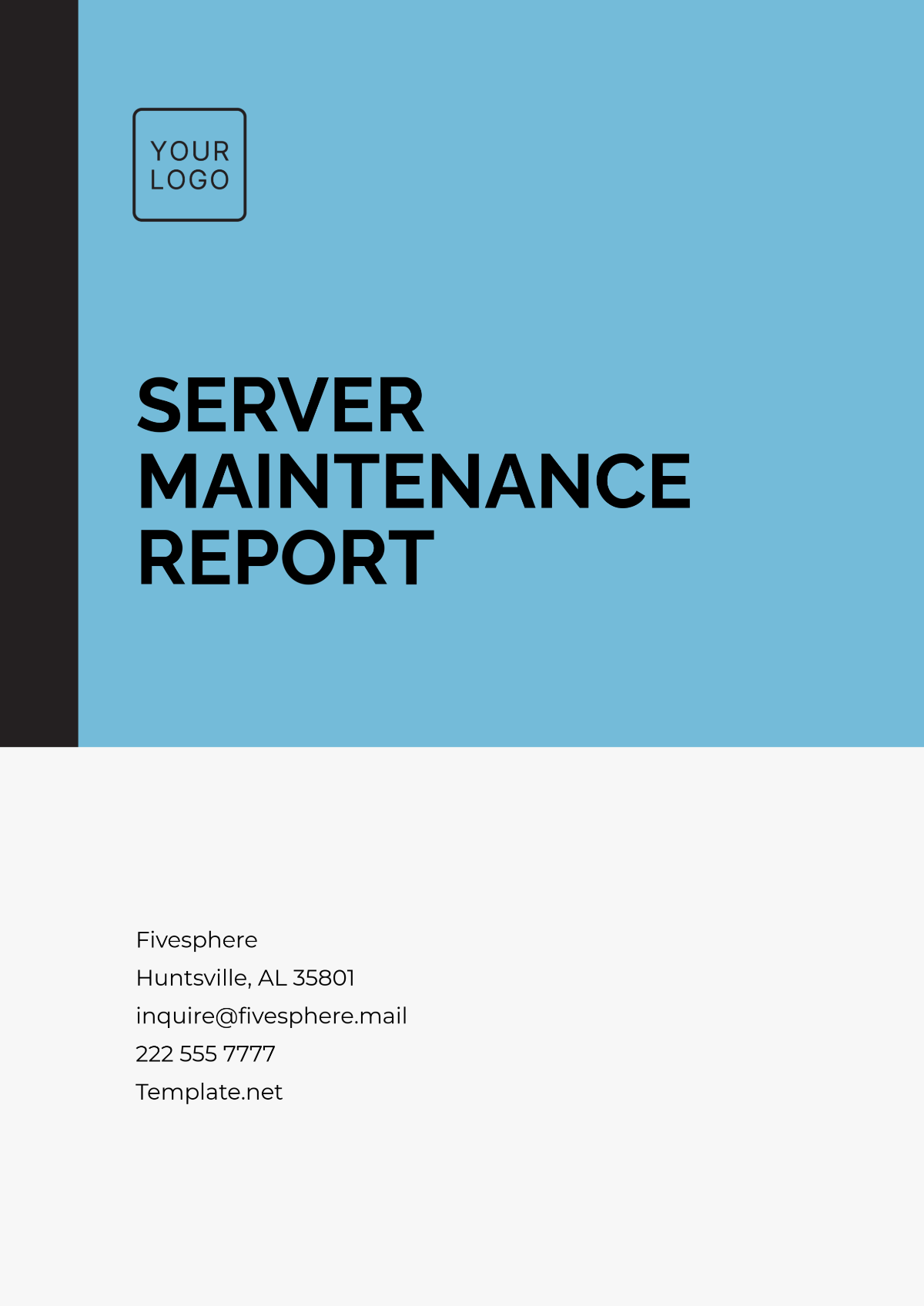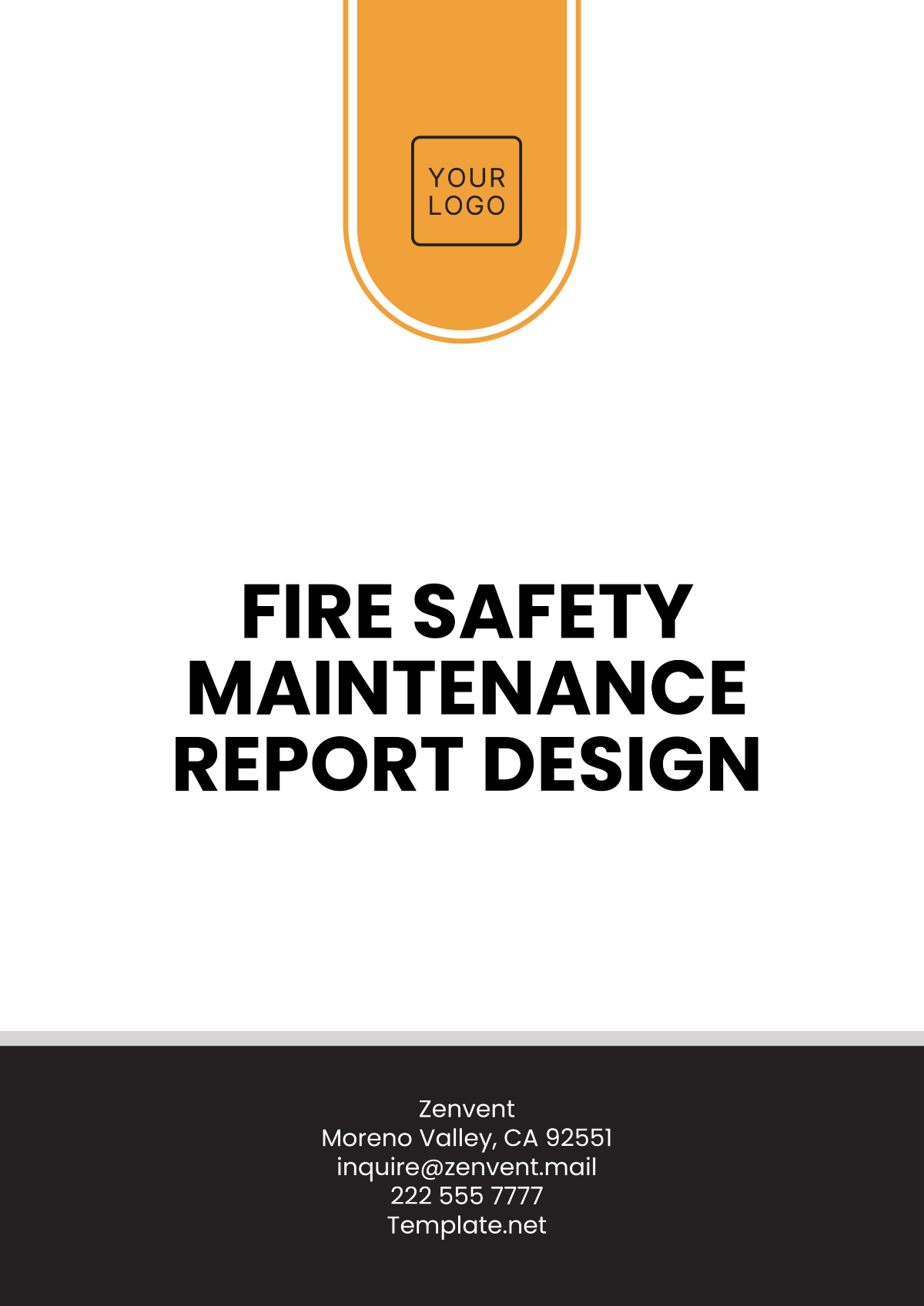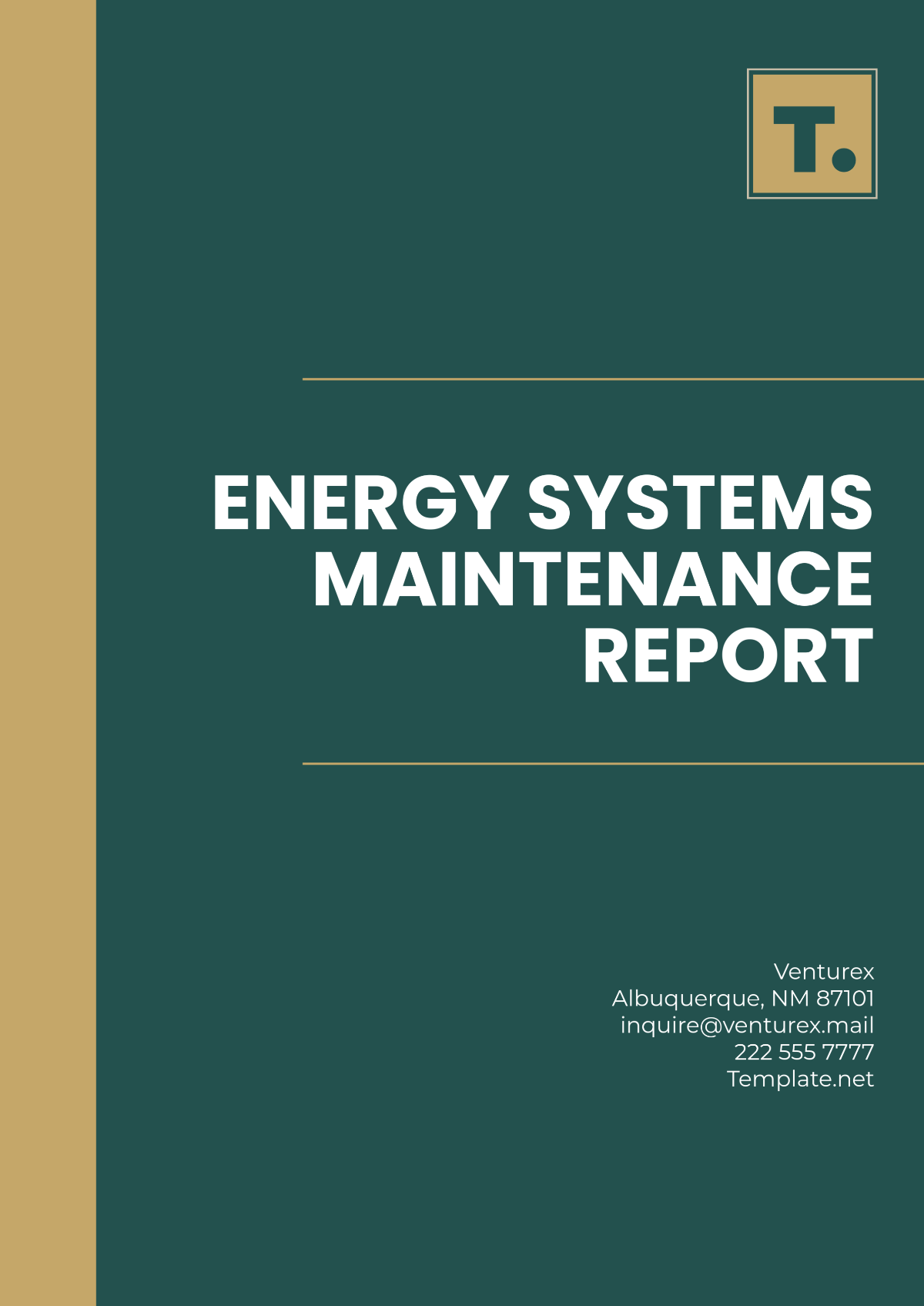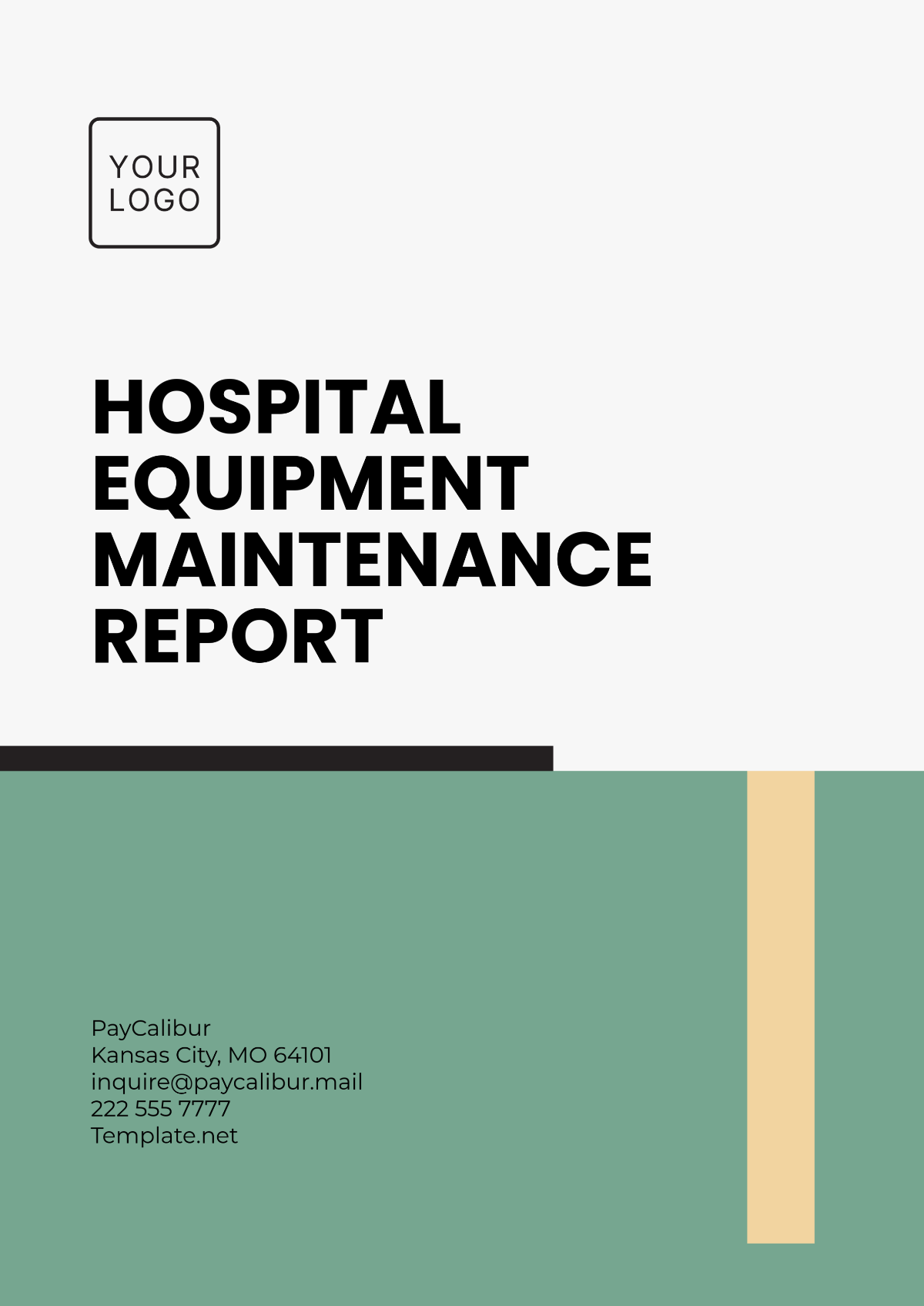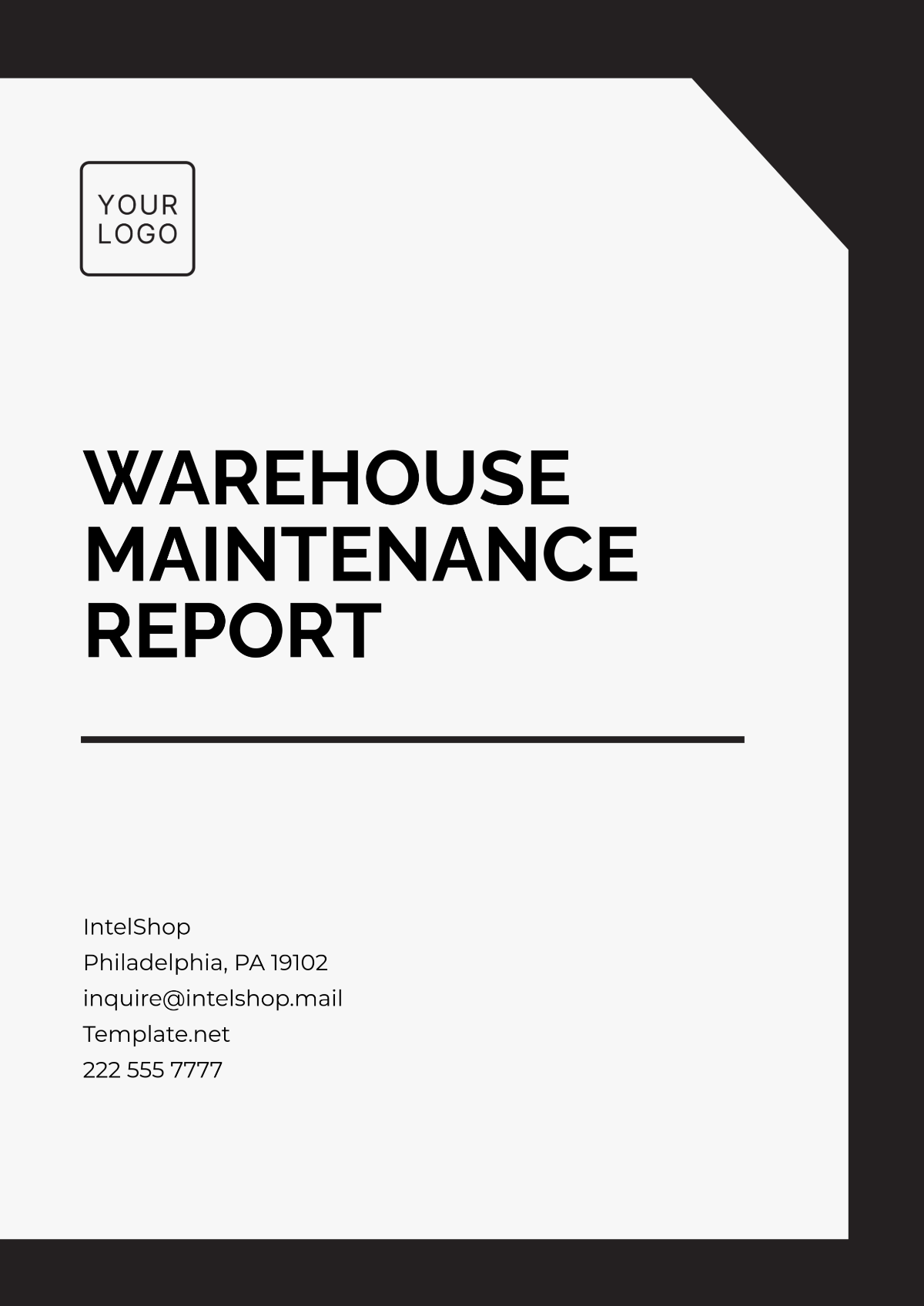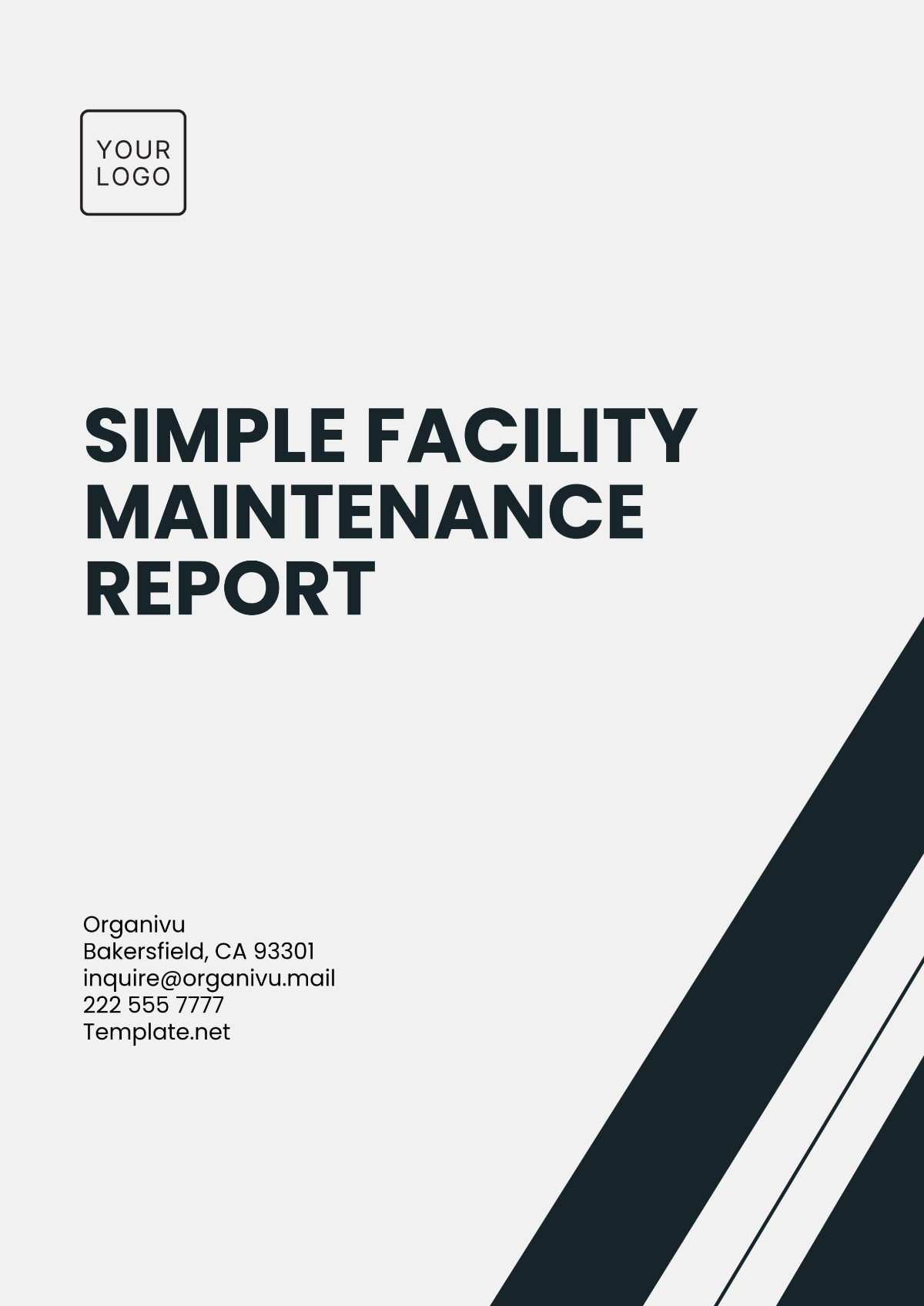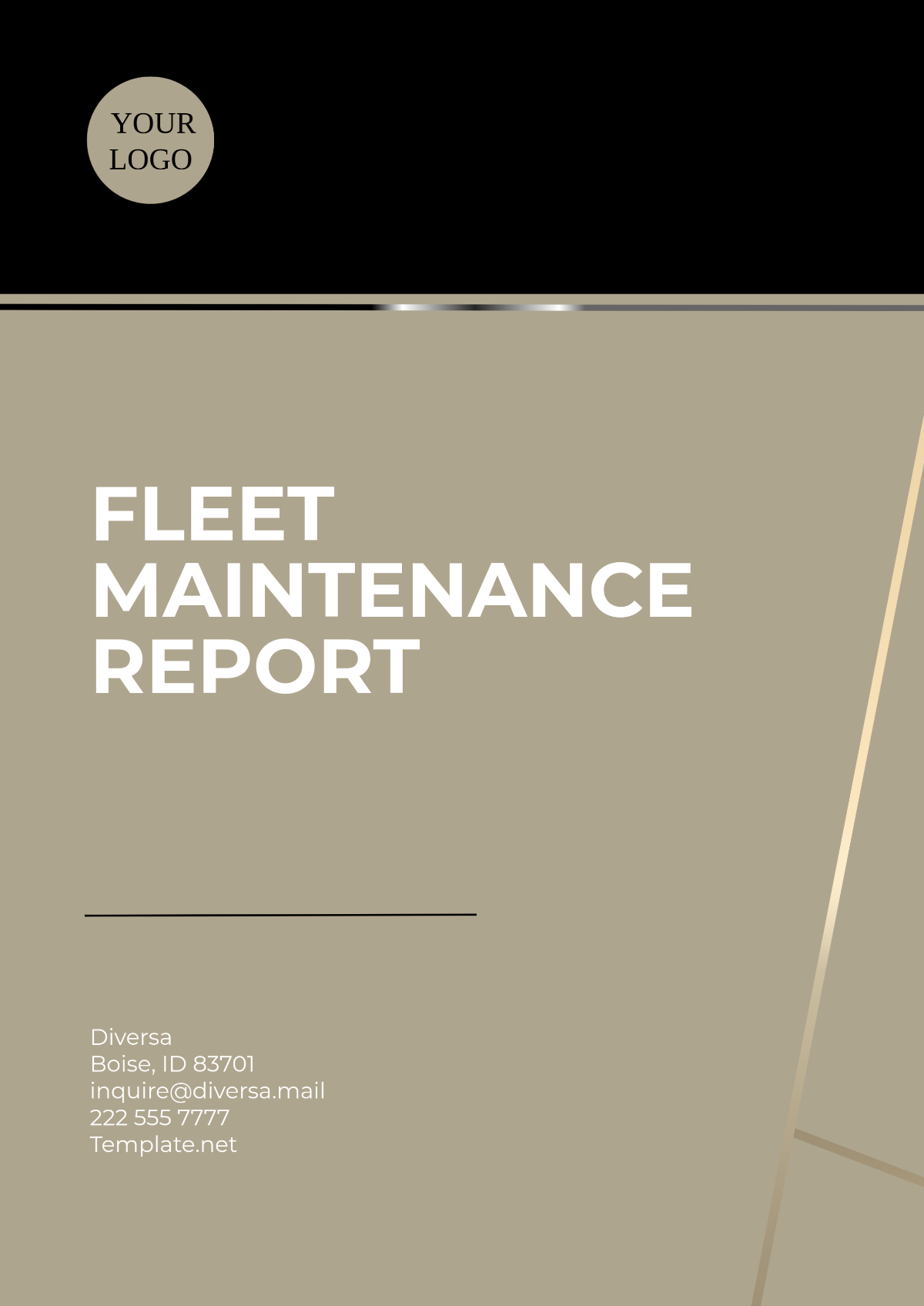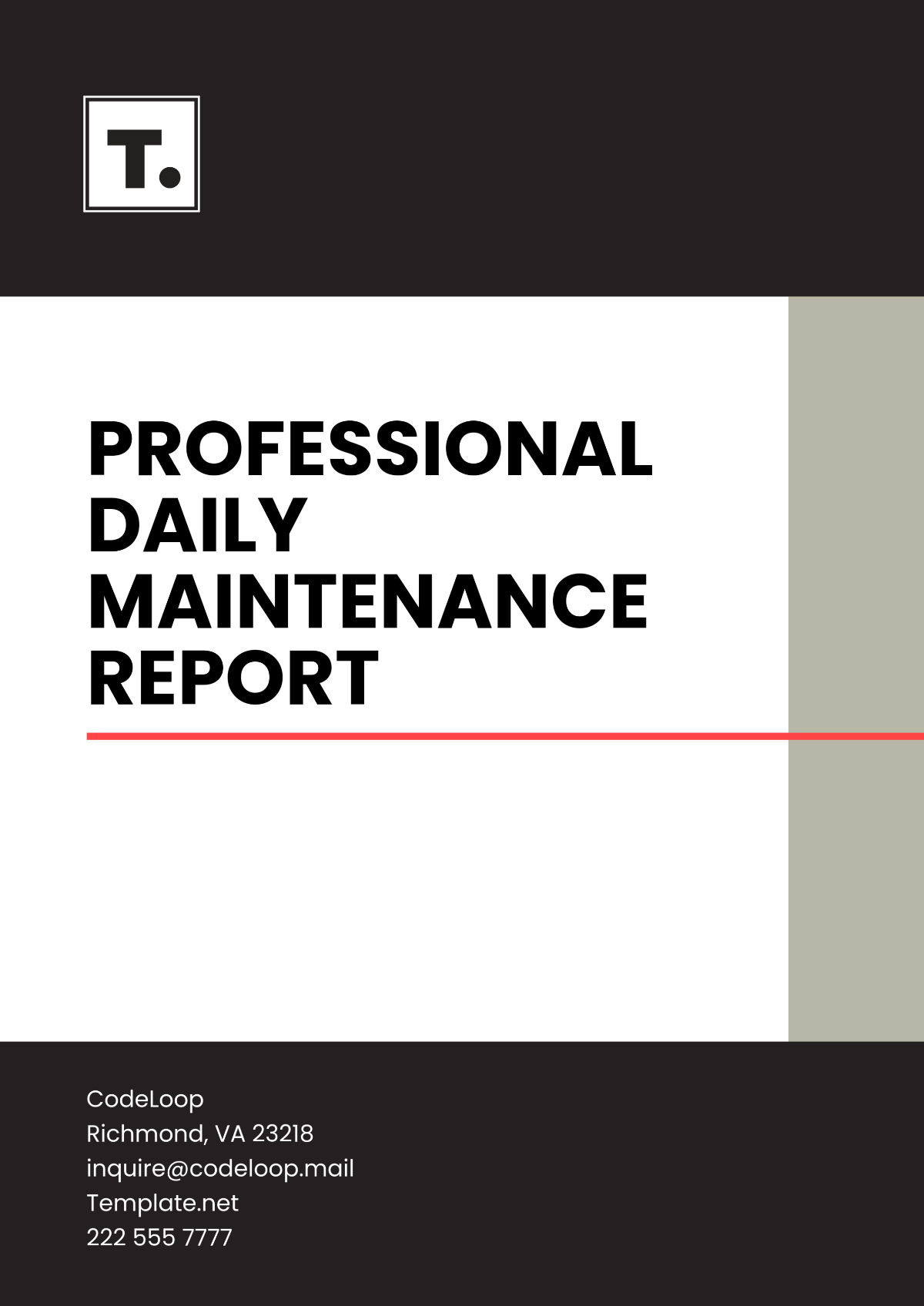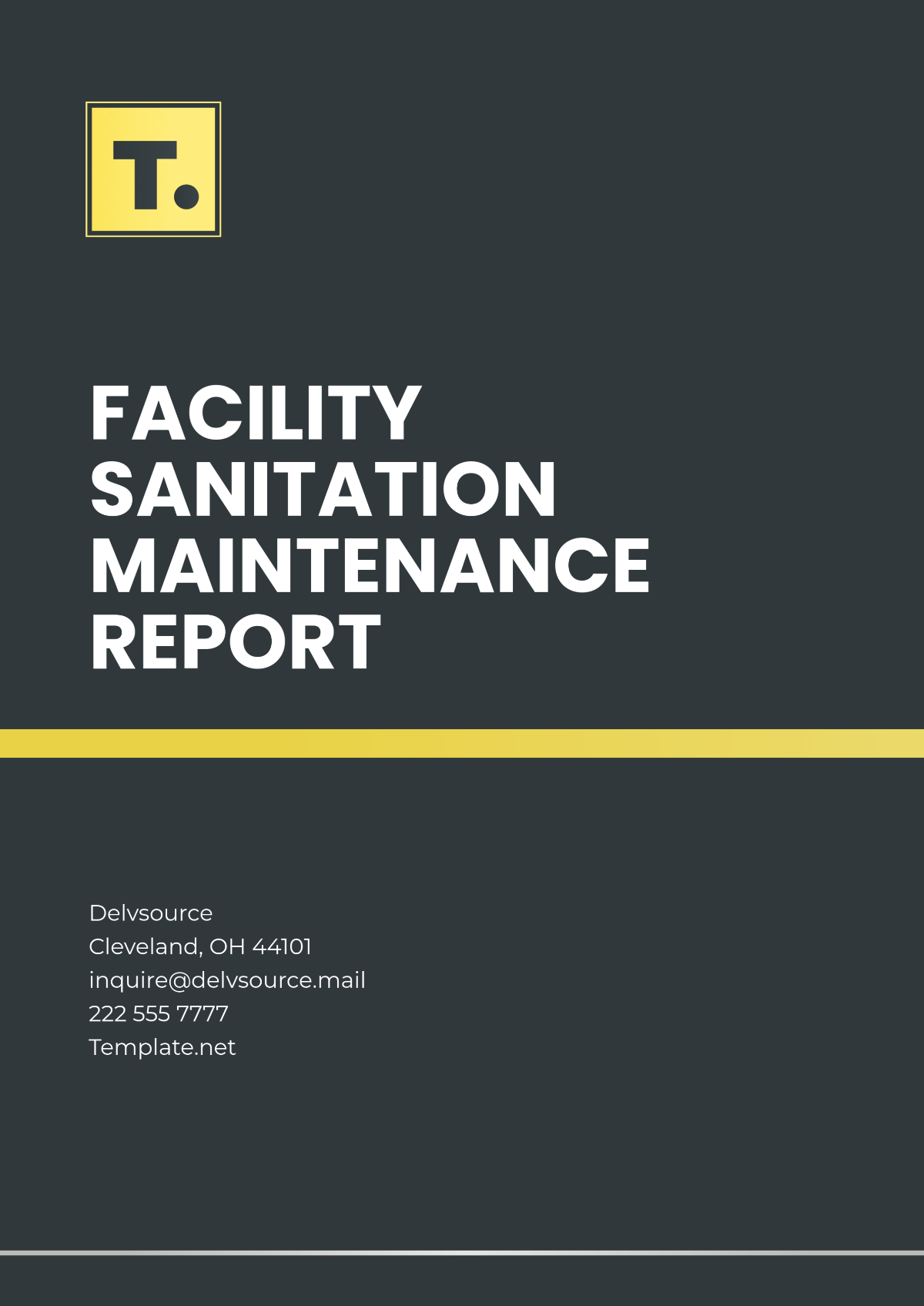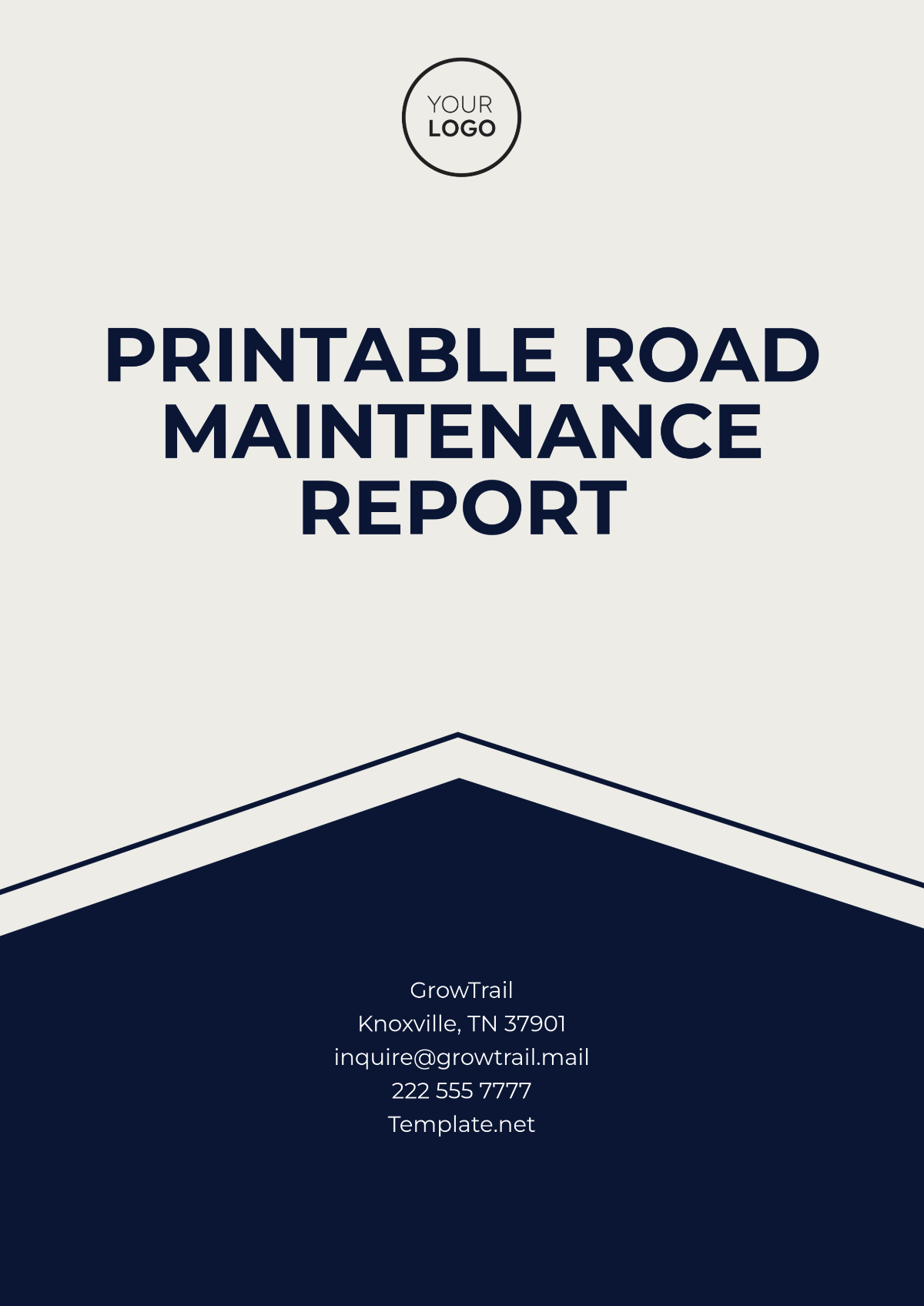Emergency Maintenance Report
Prepared by: [Your Name]
Company: [Your Company Name]
Date: [Date]
I. Date and Time of Incident
A. Incident Overview
The emergency maintenance incident occurred on March 15, 2050, at approximately 3:15 PM. The notification was received at the central monitoring desk, which triggered the immediate deployment of the maintenance team. The incident was classified as a high priority due to its potential impact on occupant safety and equipment integrity.
II. Description of the Problem
A. Nature of the Emergency
The incident involved a significant failure in the main HVAC system serving the fourth floor of the building. This failure resulted in a complete loss of climate control, impacting both the comfort and safety of occupants in the affected area, particularly in critical zones such as server rooms and laboratories.
B. Extent and Impact
The failure's primary impact was the rise in ambient temperature, reaching levels that could potentially violate safety regulations (exceeding 85°F) and disrupt normal operations significantly. The immediate threat was to sensitive equipment and materials, including high-value laboratory specimens and server performance, which could be damaged by prolonged exposure to excessive heat. Furthermore, the uncomfortable working conditions were likely to decrease staff productivity and increase health risks.
III. Immediate Actions Taken
A. Initial Response
The on-site maintenance team promptly assessed the situation and identified a malfunction within the system's primary compressor. An auxiliary unit was deployed to temporarily manage climate control, thereby mitigating immediate operational risks and ensuring a stable environment for critical operations.
B. Detailed Actions
Time | Action Taken |
|---|
3:30 PM | Activated auxiliary HVAC unit to regulate temperature, ensuring no further heat buildup. |
4:00 PM | Identified and isolated the faulty compressor component for repair, determining it needed replacement. |
4:30 PM | Notified relevant departments of temporary HVAC adjustments and advised on safety precautions. |
5:00 PM | Conducted a preliminary inspection of surrounding systems to prevent secondary failures. |
5:30 PM | Documented all findings and actions taken in the incident log for future reference. |
IV. Recommendations for Further Actions
A. Immediate Repairs
B. Long-term Strategies
V. Personnel Involved
A. Team Members
The maintenance response team included the following personnel:
Lester Nolan - Lead Maintenance Technician, responsible for coordinating immediate repair efforts.
Drake Feeney - HVAC Specialist, focused on diagnosing the HVAC system issues and implementing corrective measures.
Floyd Cremin - Safety Officer, ensuring compliance with safety protocols during the emergency response.
B. Supervisor on Duty
Porter Hoppe, Facility Manager, oversaw the coordination of the emergency response and subsequent repair activities, ensuring effective communication among all departments.
VI. Conclusion/Remarks
A. Summary
Thanks to prompt action and effective team coordination, the immediate impacts of the HVAC failure were minimized. Temporary solutions were quickly enacted to maintain operational continuity, and the potential risks to both equipment and personnel were effectively managed.
B. Closing Remarks
It is essential moving forward to prioritize routine maintenance schedules and consider system upgrades to enhance reliability and efficiency. Continuous improvement in response procedures, alongside investment in training and technology, will further strengthen resilience against future emergencies. By adopting these strategies, we can not only mitigate risks but also create a safer and more efficient working environment for all employees.
Property Report Templates @ Template.net
